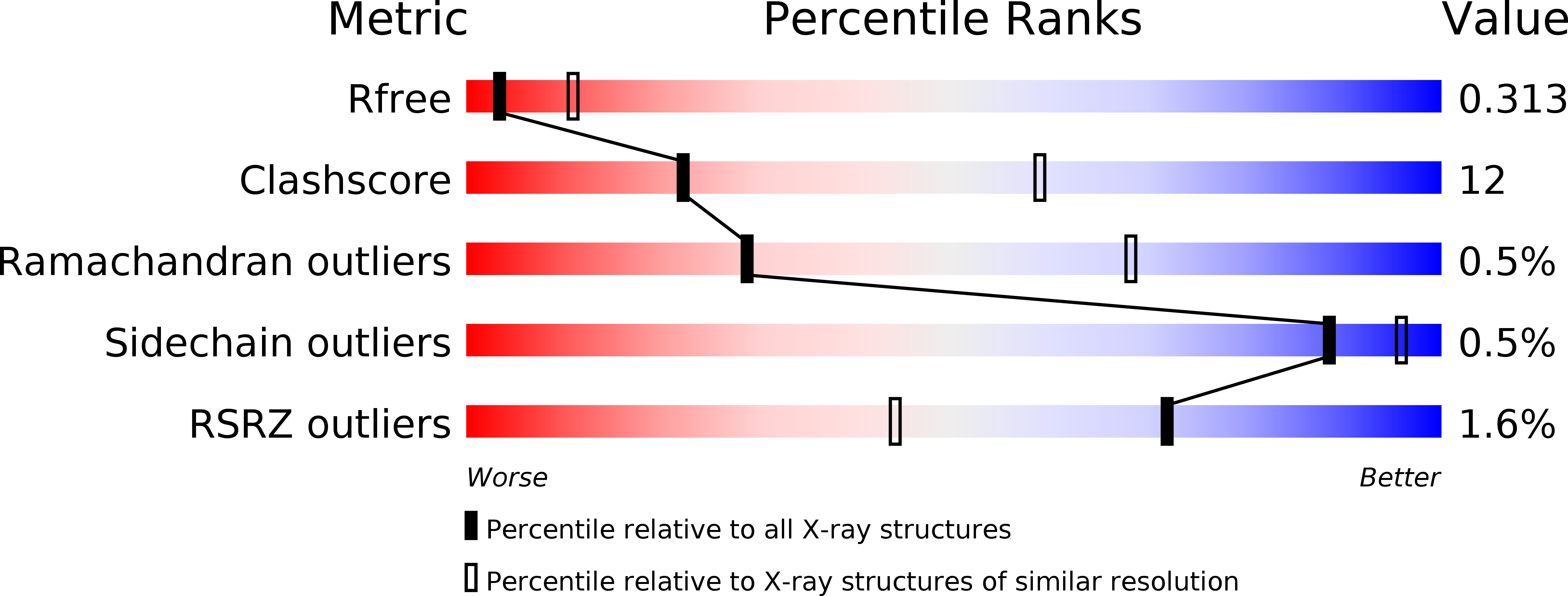
Deposition Date
2015-05-04
Release Date
2015-05-27
Last Version Date
2024-11-20
Entry Detail
PDB ID:
4ZN8
Keywords:
Title:
Using molecular dynamics simulations to predict domain swapping of computationally designed protein variants
Biological Source:
Source Organism:
Drosophila melanogaster (Taxon ID: 7227)
Host Organism:
Method Details:
Experimental Method:
Resolution:
3.00 Å
R-Value Free:
0.31
R-Value Work:
0.24
R-Value Observed:
0.25
Space Group:
P 21 21 21


